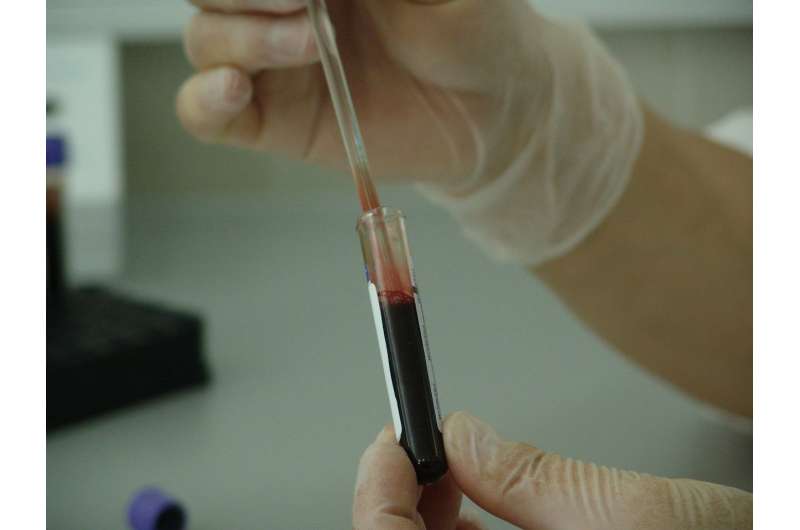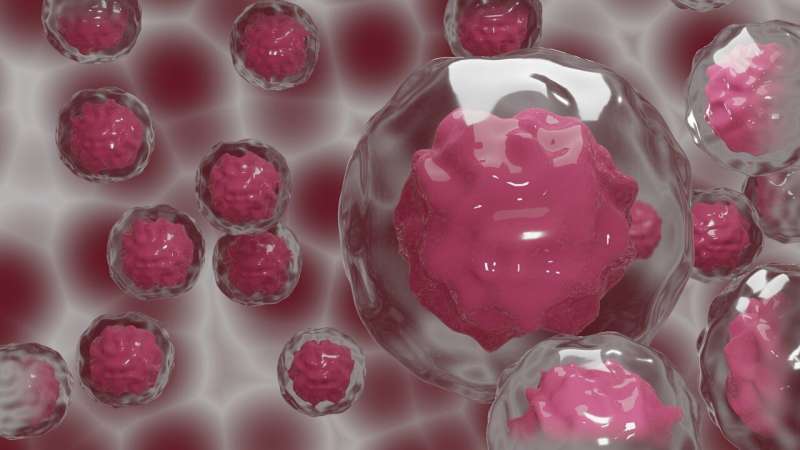Innovative Imaging of Oxytocin Receptor Paves the Way for Advances in Breast Cancer and Autism Research

New fluorescent tracers developed at the University of Vienna enable precise visualization and activation of the oxytocin receptor, unlocking new research and therapeutic possibilities for breast cancer and autism spectrum disorder.
Researchers at the University of Vienna have made a significant breakthrough in understanding the oxytocin receptor, a key protein involved in social bonding, health, and disease. They have developed specialized fluorescent peptide tracers that can both visualize and activate this receptor simultaneously. These cutting-edge tools allow scientists to pinpoint the location of the oxytocin receptor in various tissues and observe the receptor’s signal transmission in real time, opening new avenues for detailed functional analysis.
Oxytocin, often called the love or bonding hormone, regulates childbirth, breastfeeding, social trust, and empathy. Its effects are mediated through the oxytocin receptor, which detects the hormone and triggers biological responses. Disruptions in this communication pathway have been linked to conditions like breast cancer and neurodevelopmental disorders such as autism spectrum disorder.
However, developing specific molecular tools to study the oxytocin receptor has been challenging due to its structural similarity to other proteins. Addressing this, the team led by Prof. Markus Muttenthaler utilized innovative linker technology to create tracers that are highly selective for the oxytocin receptor. These tracers can demonstrate the receptor’s distribution in the brain and other tissues while also activating the receptor for functional studies.
This dual capability enhances our understanding of oxytocin receptor dynamics and could accelerate early diagnosis and targeted therapy, particularly in breast cancer where receptor overexpression plays a crucial role. Moreover, these tracers will help investigate the receptor's function in the brain, providing insights into autism spectrum disorders where oxytocin pathways are implicated.
The development of these specific visualization and activation tools marks a pivotal step in oxytocin research, with potential broad implications for both fundamental science and clinical applications. The study was published in "Angewandte Chemie International Edition" and has been recently patented, indicating promising future developments in medical diagnostics and treatment strategies.
For more details, visit source.
Stay Updated with Mia's Feed
Get the latest health & wellness insights delivered straight to your inbox.
Related Articles
Study Finds Taurine Unlikely to Be a Reliable Biomarker for Aging
New research indicates that circulating taurine levels are not reliable biomarkers for aging across species, highlighting the complexity of biological aging processes.
Over a dozen Australian sunscreens recalled due to safety concerns
Australia recalls over a dozen sunscreens after tests reveal many do not meet their claimed SPF levels, raising concerns over sun protection and skin health.
Innovative Monitoring Device Provides Real-Time Insights into Brain's Waste Clearance System
A new wearable device enables real-time monitoring of the brain's glymphatic system, shedding light on its role in sleep and neurodegenerative diseases. Discover how this innovation could transform brain health research.
Innovative Approach Uses Engineered Immune Cells to Develop Advanced Cancer Vaccine
Scientists at Mount Sinai have developed a novel method to produce billions of functional dendritic cells, opening new pathways for universal cancer vaccines and enhanced immunotherapy treatments.



